Demography and Dynamics
Most of the questions we address, including those pertaining to both species-habitat relationships and species interactions, ultimately seek to understand the patterns of population and community dynamics and the processes that drive them. As with the other research themes in our lab, we tackle applied topics while also taking advantage of model systems to address this research theme.
Assessment of Methodology & Innovative Approaches
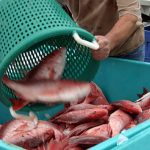
Fisheries scientists use a variety of data to inform stock assessment, including fishery-dependent and fishery-independent sources. In collaboration with scientists at the Florida Fish and Wildlife Research Institute and commercial fisherman, we have begun research that seeks to reconcile the different types of data to improve accuracy and stakeholder buy-in. Moreover, our efforts seek to understand how different fishery-independent methods can affect the perceived status of populations.
Population Status of the Endangered Goliath Grouper
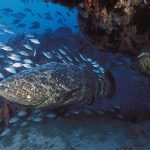
Able to reach sizes over 2m in length and 450kg in mass, the goliath grouper is the largest of the North Atlantic serranids. It is also highly vulnerable to overfishing and is currently listed as ‘critically endangered’ by the IUCN. However, its population is showing encouraging signs that it is beginning to recover in Florida after over 20 years of a federal moratorium. In collaboration with researchers at Florida State University and the University of Florida, we are working with fishermen throughout the state to estimate the size and age structure of the goliath grouper population using non-lethal methods.
Species-Habitat Relationships
Ongoing Research
Big Bend Seagrass Beds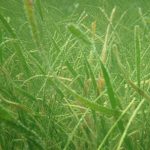
We are currently studying how fauna associated with seagrass beds respond to habitat variables at different spatial scales. At over 3000 km2, the seagrass beds in Florida’s Big Bend region represent some of the largest in the world and provide an excellent ‘field lab’ to explore questions regarding species assembly and composition.
Functional Roles of Artificial Reefs 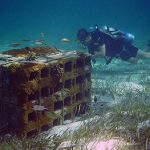
The provision of man-made structures such as shipwrecks, second-use concrete, and designed systems are commonly used to offset disturbances on natural reefs and enhance the production of reef fishes. Our work seeks to understand whether such goals are met and how artificial structures function to support reef fishes across different life stages.
Spatio-temporal Dynamics of Fishes on Nearshore Reefs 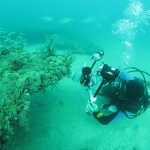
Many species that use seagrass and other shallow habitats as primary nurseries move to adjacent reefs as secondary nursery and stepping stone habitats en route to adult grounds. As a first step to understand the processes that drive these patterns, we are studying how populations and communities of fishes use these reefs at various spatial and temporal scales.
Species Interactions
Ongoing Research
Ontogenetic Diet Shifts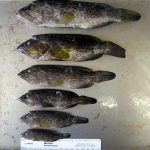
Most piscivorous fishes change their diets several times during their juvenile stages as their gape size increases and their ability to catch larger more mobile prey improves. Using a combination of stomach contents, stable isotope analysis and compound specific approaches, we are investigating the commonality of diet shifts in fishes across large geographic scales.